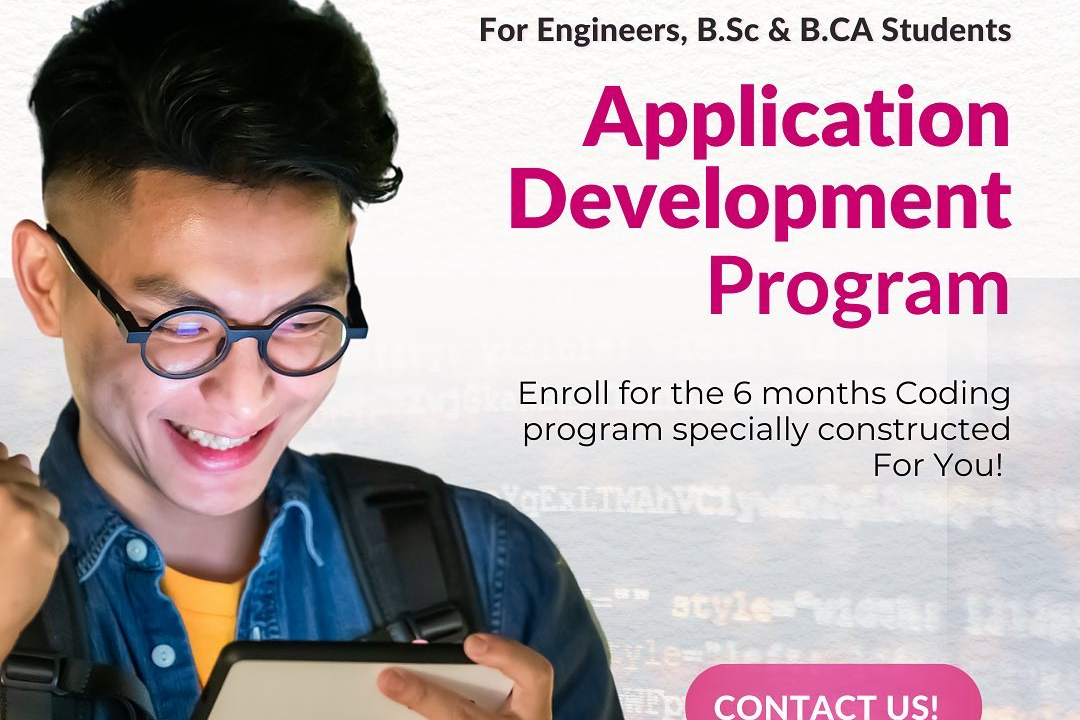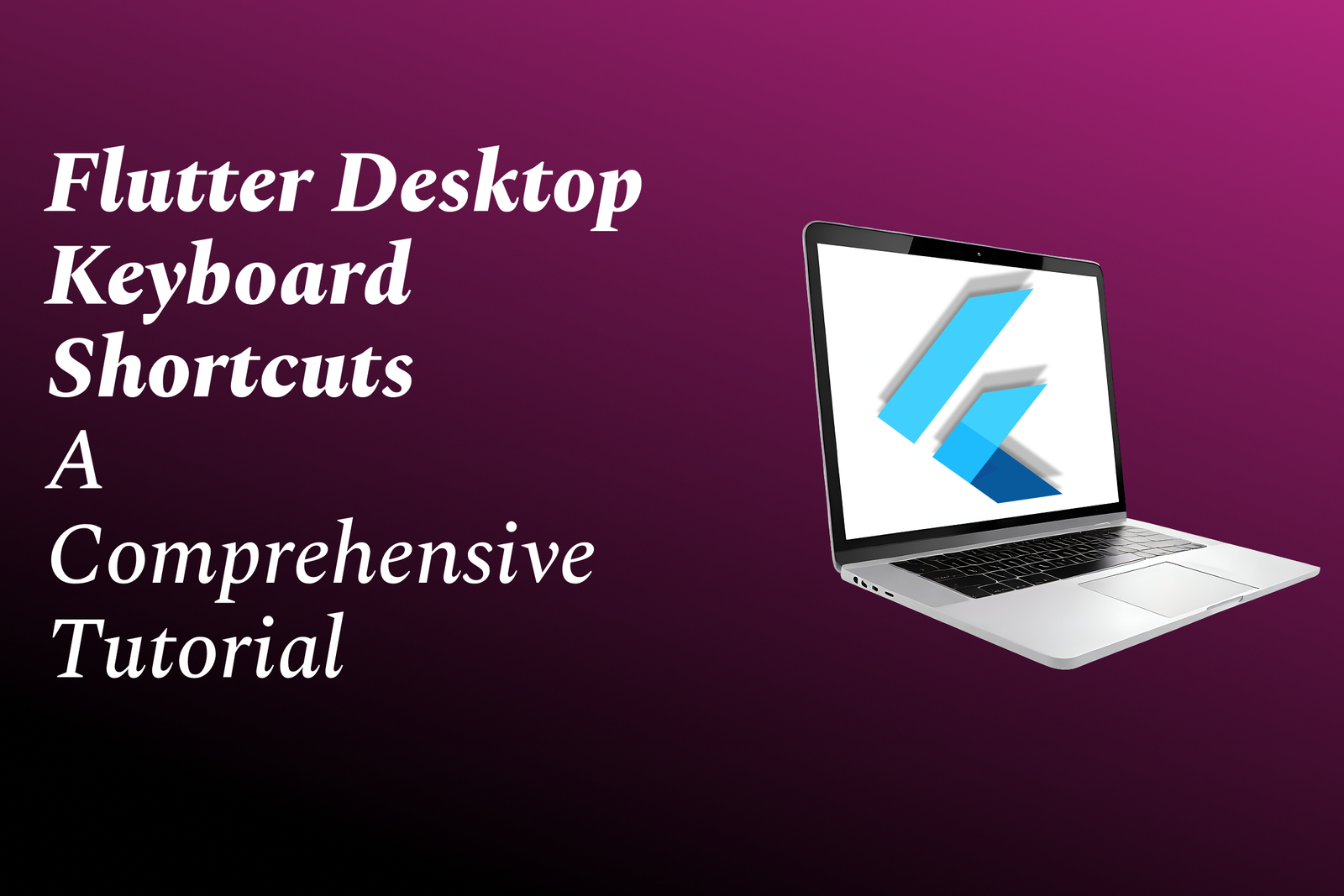Portfolio Development
Strategic Portfolio Advancement
Portfolio Development
Portfolio development is the systematic process of gathering, organizing, and showcasing an individual's work, projects, skills, and experiences in a manner that effectively demonstrates their capabilities and achievements. This process often involves selecting a variety of artifacts—such as written pieces, design work, software projects, and presentations—that reflect one's best efforts and diverse talents. A well-structured portfolio not only illustrates a person's expertise and creativity but also provides tangible evidence of their growth and learning over time. It serves as a valuable tool for job applications, career advancement, and professional networking, allowing individuals to present a comprehensive picture of their qualifications and potential to employers, clients, or academic institutions.
To Download Our Brochure: https://www.justacademy.co/download-brochure-for-free
Message us for more information: +91 9987184296
1 - Definition of a Portfolio: A portfolio is a curated collection of a student’s work, experiences, skills, and accomplishments that showcases their abilities to potential employers or educational institutions.
2) Purpose of a Portfolio: The primary purpose is to demonstrate skills and competencies in a tangible format, often used during job applications or interviews.
3) Types of Portfolios: Portfolios can be physical or digital. Digital portfolios often use platforms like websites or online portfolios, while physical portfolios may include printed materials.
4) Assessment and Reflection: Portfolios encourage self assessment and reflection on one’s learning journey, helping students identify strengths and areas for improvement.
5) Content Selection: Students should learn how to select appropriate pieces for their portfolio, focusing on quality over quantity to best represent their skills and experiences.
6) Goal Setting: Encourage students to set clear goals for their portfolio. Understanding their objectives can guide the development process and content inclusion.
7) Diversity of Skills: Portfolios should highlight a range of skills, including technical abilities, soft skills, and creative talents, reflecting the student's versatility.
8) Documentation of Achievements: Include transcripts, certifications, awards, and other achievements that demonstrate academic and extracurricular successes.
9) Project Based Artifacts: Encourage students to include projects they’ve worked on, such as research papers, design projects, and other relevant works that showcase their knowledge and skills.
10) Professional Presentation: Teach students how to professionally present their portfolios, focusing on layout, organization, and visual appeal to make a positive impression.
11) Narrative Element: Include a personal statement or narrative that tells the story of the student’s journey, motivations, and aspirations.
12) Customization for Audience: Train students on how to tailor their portfolios for specific audiences (e.g., potential employers, colleges) by highlighting relevant experiences.
13) Peer Review: Implement a peer review process where students can provide and receive feedback on each other’s portfolios, fostering a collaborative learning environment.
14) Building an Online Presence: Guide students in creating and maintaining an online portfolio, which can significantly extend their reach to potential employers or collaborators.
15) Maintenance and Updates: Stress the importance of regularly updating their portfolio to include new skills, experiences, and accomplishments as they progress in their education or career.
16) Utilizing Feedback: Teach students how to solicit feedback from mentors, instructors, and peers to continuously refine and improve their portfolios.
17) Case Studies and Examples: Use case studies and successful examples of portfolios in various fields to inspire and guide students in their portfolio development process.
18) Interview Preparation: Help students use their portfolios as a tool for interview preparation, enhancing their ability to discuss their experiences and skills confidently.
19) Networking Opportunities: Encourage students to use their portfolios when networking with industry professionals, showcasing their work and facilitating meaningful connections.
These points can guide the structure and content of a training program designed to help students develop effective and impressive portfolios.
Browse our course links : https://www.justacademy.co/all-courses
To Join our FREE DEMO Session: Click Here
Contact Us for more info:
iOS training in Kot Kapura
Android App Development Training
Flutter Training in Jammu
Software Training Institutes In Hyderabad
Android Networking Concepts











